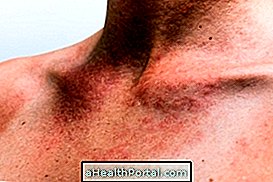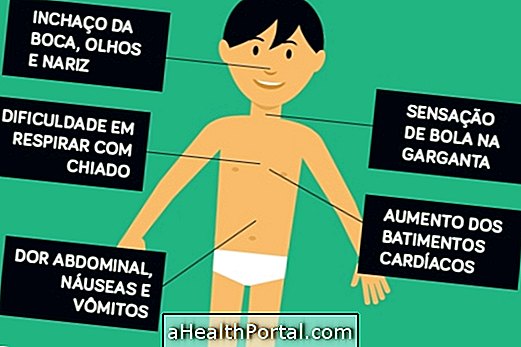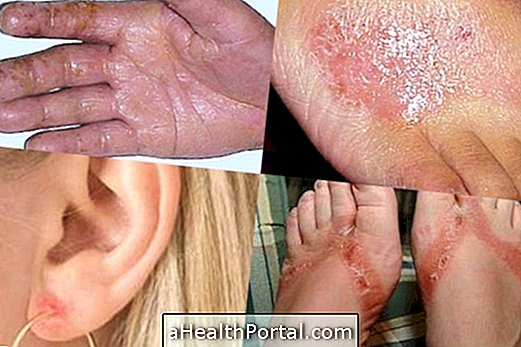Respiratory allergy is an exaggerated immune system response to substances such as dust, pollen, pollution and smoke, for example, causing diseases such as rhinitis, asthma or sinusitis.
Generally, respiratory allergy is more common in some individuals with genetic predisposition, arising in the spring or winter, due to the decrease of humidity and the increase of the concentration of these substances in the air.
To treat respiratory allergy the individual can take allergy remedies such as Cetirizine, avoid polluted sites and drink plenty of water.
Symptoms of respiratory allergy
Symptoms of respiratory allergy may include:
- Dry cough;
- Frequent sneezing;
- Nasal discharge;
- Itching of the eyes, nose, or throat;
- Headache;
- Tearing eyes.
These symptoms may appear separately and, normally, respiratory allergy does not give a fever .
The symptoms of respiratory allergy in the baby are similar and should be observed by a pediatrician, to start the appropriate treatment.
Respiratory Allergy in Pregnancy
Respiratory allergy in pregnancy is a common symptom due to hormonal changes, increased blood volume, and bodily changes that the pregnant woman experiences during pregnancy.
If the pregnant woman suffers from a respiratory allergy, such as asthma, before pregnancy, she should consult the allergist to start the appropriate treatment and avoid worsening symptoms.
Respiratory allergy in pregnancy can be treated with the use of allergy medicines, such as azatadine, carbinoxamine or pyrilamine, after a medical prescription.
What to do in respiratory allergy
What to do about respiratory allergy to reduce symptoms include:
- Make inhalations with hot water and propolis or essential oils, such as eucalyptus;
- Drink at least 1 liter of water per course;
- Avoid smoking or frequenting places with smoke or pollution;
- Renovate the air of the house every day, opening the windows;
- Keep house clean and vacuumed to prevent dust build-up.
In addition to these tips, individuals can prevent respiratory allergy by using fabrics and anti-matter materials to cover pillows, mattresses and sofas, for example.
Useful links:
- Symptoms of respiratory allergy
- Home Remedy for Respiratory Allergy
- Allergic Rhinitis



















